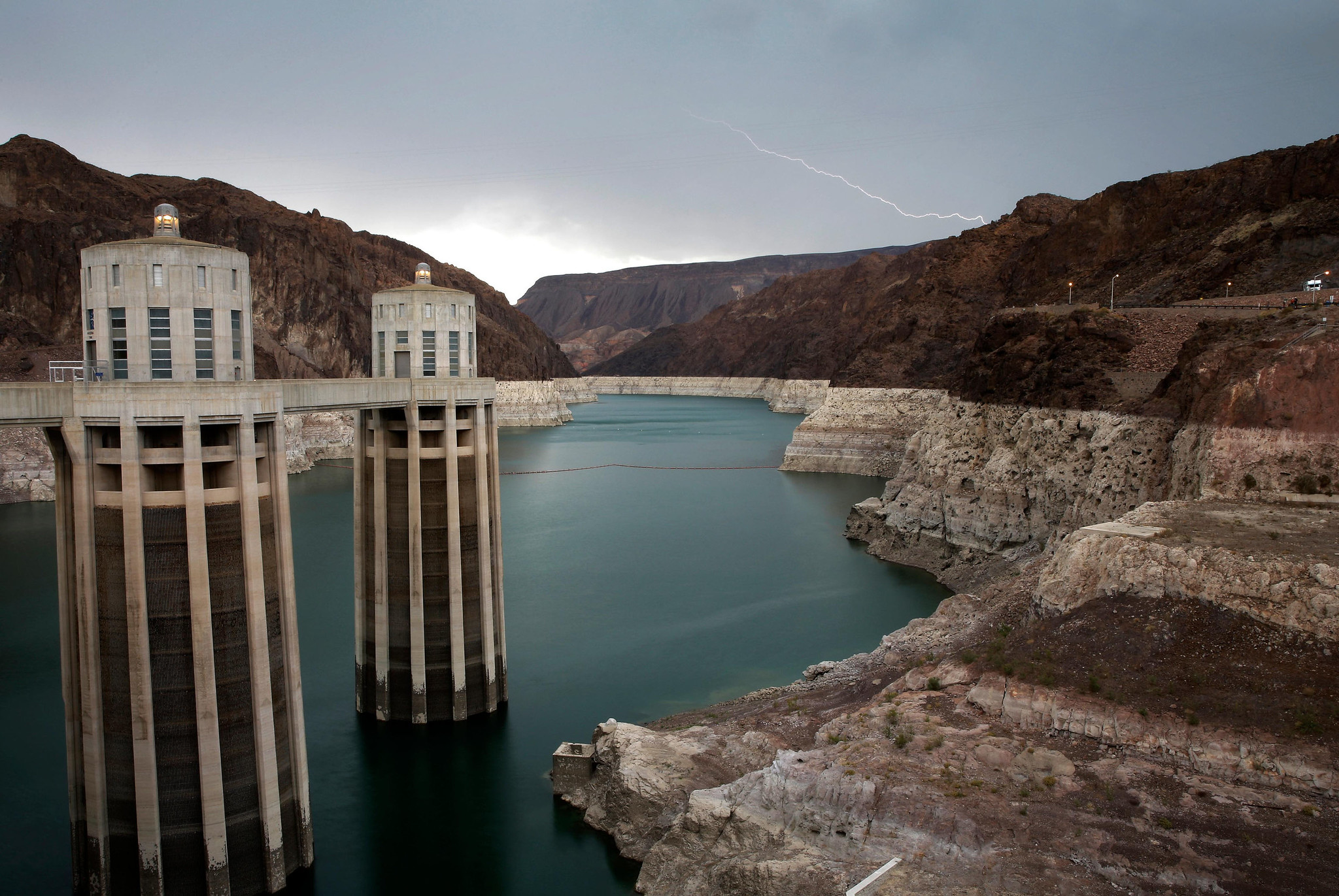Across the western United States, a megadrought threatens water supplies. On July 3, Great Salt Lake’s water level reached a historic low. In 2021, Lake Mead and Lake Powell also hit record lows. As locals brace for the possibility of oncoming water restrictions, states struggle to find solutions for the region’s persistent dryness.
“Anyone who has been paying attention knows that the west has been dry for most of the last couple decades,” Park Williams, a climate scientist at the University of California, Los Angeles, told The Guardian. “We are watching our bank account of water decline, and we know that eventually we need to slow our expenditures before the account runs out.”

Earlier this year, a study led by Williams highlighted 2000-2021 as southwestern North America’s driest period since the year 800. A drought of this scale requires large-scale, long-term solutions. In Utah, legislation to preserve Great Salt Lake passed earlier this year. For California, emergency water regulations began in January 2022. As conditions worsen, state officials are also reconsidering water rights.
“We’re now in a really tough scenario where we have to look and evaluate how much supply and demand is there, and implement the water rights priority system like it was designed back in 1914,” Erik Ekdahl, deputy director of the state water board’s water rights division, told the Los Angeles Times. “That’s important for just ensuring that there is water available and for providing a stable and orderly way to administer a very limited supply during drought.”
Despite officials working toward solutions, the U.S. Drought Monitor shows abnormally dry conditions in 65.9% of the country and severe drought in 27.5%. Some simulations show the drought continuing until 2030, an idea San Joaquin Valley farmer Don Cameron calls “devastating.”
“If it went on that long, you’d see California agriculture just devastated. There’s no way around it,” Cameron told National Geographic.
